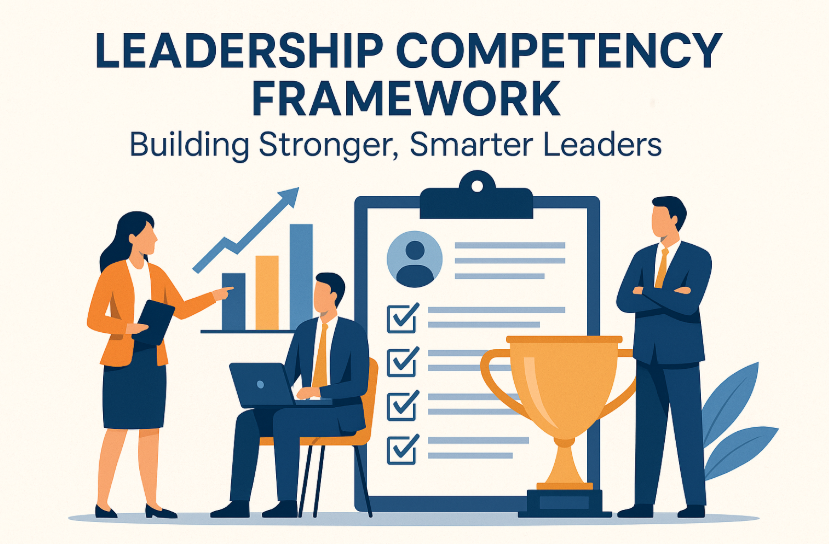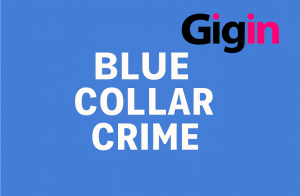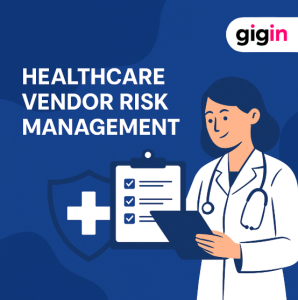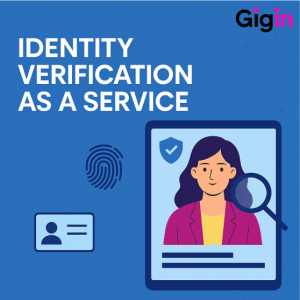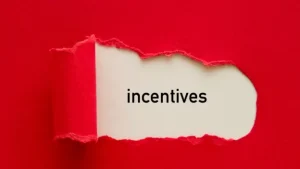Leadership isn’t just about vision, it’s about action, influence, and adaptability. A well-defined leadership competency framework is essential for identifying, developing, and measuring the skills and behaviors needed to lead effectively in today’s dynamic workplaces. Let’s explore what a leadership competency framework is, why it matters, and how it can empower organizations to shape future-ready leaders.
Table of Contents
- What is a Leadership Competency Framework?
- The Importance of Leadership Competency in Modern Workplaces
- Core Competencies in a Leadership Framework
- Use Cases: Where Leadership Competency Frameworks Are Essential
- The Risks of Not Having a Leadership Framework
- Verifyin by Gigin: Empowering Smart Leadership Evaluation and Growth
- FAQs
What is a Leadership Competency Framework?
A leadership competency framework is a structured model that outlines the key qualities, skills, and behaviors expected from leaders at various levels in an organization. It serves as a roadmap for leadership development, performance evaluation, and succession planning. Whether you’re grooming first-time managers or senior executives, this framework aligns leadership expectations with strategic goals.
Check Here: KYC for High Risk Customers
The Importance of Leadership Competency in Modern Workplaces
Today’s leaders are expected to do more than just manage teams. They must inspire, innovate, and respond to rapid change. A leadership competency framework helps ensure consistency in how leadership potential is identified and nurtured. It also promotes a culture of continuous improvement by aligning leadership development with business needs and employee aspirations.
Core Competencies in a Leadership Framework
A strong leadership competency framework is only as effective as the core qualities it emphasizes. These competencies serve as the foundation for evaluating current leaders and developing future ones. They represent the behaviors, skills, and attributes leaders must consistently demonstrate to drive business success, lead high-performing teams, and navigate complex environments. While specific competencies may vary across industries or leadership levels, the following are widely recognized as essential across most organizations:
- Strategic Thinking: Ability to see the big picture and make decisions that align with long-term business goals.
- Emotional Intelligence: Understanding and managing one’s emotions and those of others to create empathetic and inclusive environments.
- Decision Making: Evaluating data and risks to make informed and timely decisions.
- Communication: Articulating ideas clearly, listening actively, and adjusting messaging to diverse audiences.
- Team Building: Creating and nurturing high-performing teams with shared values and trust.
- Adaptability: Embracing change and helping teams navigate uncertainty with confidence.
- Accountability: Taking ownership of actions, outcomes, and ethical leadership practices.
Check Here: Criminal Record Check
Use Cases: Where Leadership Competency Frameworks Are Essential
Implementing a leadership competency framework isn’t just a theoretical exercise. It delivers real, measurable value across multiple facets of an organization. From hiring to succession planning, it ensures leaders are equipped with the right skills and mindset to handle their responsibilities effectively. These frameworks help align leadership development with business objectives, making talent decisions more strategic and less subjective. Below are some critical areas where leadership competency frameworks prove indispensable:
- Hiring & Promotions: Evaluate candidates not just on experience, but on leadership behaviors aligned with company culture.
- Performance Management: Provide clear expectations and structure for leadership evaluations.
- Learning & Development: Shape training programs that fill gaps in leadership capabilities.
- Succession Planning: Identify high-potential talent and prepare them for future leadership roles.
- Culture Building: Reinforce desired values and behaviors through consistent leadership practices.
The Risks of Not Having a Leadership Framework
Without a clearly defined leadership competency framework, organizations are often left navigating leadership development with guesswork and inconsistency. The absence of structured expectations for leaders can lead to misalignment across teams, unclear performance standards, and ineffective decision-making. Over time, this gap not only affects productivity but also erodes company culture, employee morale, and overall business growth. Below are some of the key risks that arise when leadership development isn’t guided by a competency-based framework:
- Inconsistent Leadership Quality across departments or regions.
- Low Employee Engagement due to a lack of strong, supportive leadership.
- Missed Opportunities in identifying high-potential leaders early.
- Higher Turnover Rates are caused by poor managerial experiences.
- Reactive rather than Proactive Planning for leadership transitions.
Verifyin by Gigin: Empowering Smart Leadership Evaluation and Growth
In today’s dynamic work environment, leadership cannot be left to chance. It needs to be measured, nurtured, and aligned with business goals. That’s where Verifyin by Gigin steps in. Our platform brings structure and intelligence to leadership evaluation by leveraging digital assessments, behavioral insights, and real-time data. Whether you’re identifying emerging leaders or developing existing ones, Verifyin by Gigin empowers organizations to make informed, scalable, and future-proof leadership decisions. Here’s how we help shape confident and competent leaders:
- Digital Leadership Assessment Tools: Customised evaluations to benchmark leaders against your competency framework.
- Automated Skill Gap Reports: Instant insights into strengths and development areas.
- Behavioral Data Analysis: Track performance through measurable leadership behaviors.
- Scalable Talent Profiling: Identify future leaders based on data, not gut feelings.
FAQs
How do I create a leadership competency framework for my organization?
Start by identifying strategic goals and the leadership qualities needed to achieve them. Engage HR leaders, senior managers, and employees for input. Use tools like assessments and surveys to define core and role-specific competencies.
Can a leadership framework be customized for different roles?
Absolutely. While core competencies like communication and accountability remain universal, others can vary based on leadership level, like team leads, mid-management, or executives.
How often should a leadership competency framework be reviewed?
Ideally, every 1–2 years, or whenever there’s a major organizational shift such as restructuring, mergers, or new strategic priorities.
What’s the best way to integrate this framework into performance reviews?
Align performance metrics with competencies and create rating scales that reflect behaviors. Use it to provide actionable feedback and set development goals.
How does Verifyin by Gigin support leadership development?
Verifyin.ai offers smart assessment tools, leadership profiling, and data analytics to measure competency in real-time, helping HR teams and managers make informed development decisions.
Meta Title:
Leadership Competency Framework for Smart Organizations | Verifyin.ai
Meta Description:
Discover the importance of a leadership competency framework and how Verifyin.ai helps organizations develop, evaluate, and empower future-ready leaders through data-driven tools.

